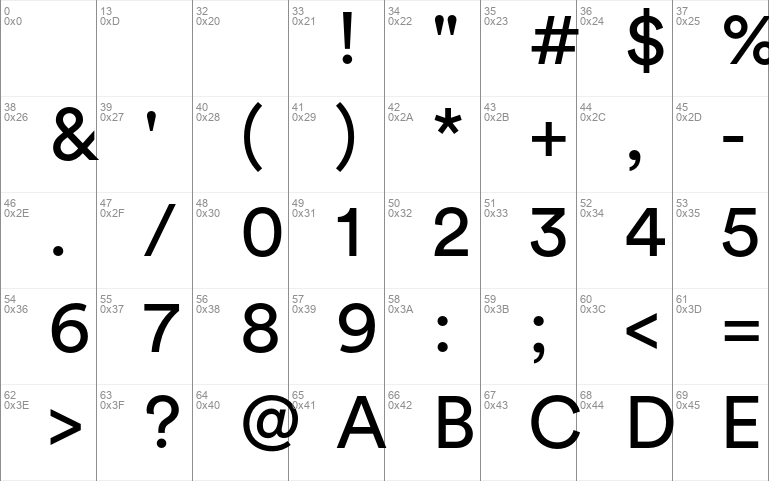
This Node class will have two attributes: data and next. To create a doubly linked list, we first need to create a Node class that will be used to store our data. This makes it an ideal data structure for applications that require the ability to move both forward and backward through a list of data. However, unlike a singly linked list, a doubly linked list allows for both forward and backward traversal of the data stored within it. Creation and Traversal of Doubly Linked ListĪ doubly linked list is a type of data structure that allows for the storage of data in a linear fashion, much like a singly linked list. Additionally, it is easy to implement and can be used in a variety of applications. It is advantageous over other data structures because it allows for quick insertion and deletion of elements.

The head of each SLL contains a pointer to the first element in the list, and the tail contains a pointer to the last element.

It is used to store data in a way that allows for fast insertion and deletion of elements.Įach SLL is made up of two parts: a head and a tail. Structure of Doubly Linked ListĪ doubly linked list of singly linked lists is a data structure that consists of a set of singly linked lists (SLLs), each of which is doubly linked. This pointer points to the previous node. Unlike singly linked lists, its nodes contain one extra pointer called the previous pointer. So, you can traverse it in both directions. To traverse the list, we can start at the head node and follow the next references until we reach the tail node.Ī doubly linked list is a bi-directional linked list. To search for an element in the list, we need to traverse the list until we find the node with the matching value. Once we find the node, we need to set the next reference of the previous node to point to the next node. We can do this by traversing the list until we find the node with the matching value. To remove an element from the list, we need to find the node that contains the value that we want to remove. Then, we can set the new node as the new tail of the list. To add an element to the list, we need to create a new node and set the next reference of the previous tail node to point to the new node. The head node will store the first element in the list, and the tail node will store the last element in the list. This class will have two data members: a head node and a tail node. Next, we need to create a LinkedList class. Each node will have two data members: an integer value and a reference to the next node in the list. To create a singly linked list, we first need to create a node class. The first node in the list is called the head, and the last node in the list is called the tail. Each element in the list is called a node, and each node has a reference to the next node in the list. Creation and Traversal of Singly Linked ListĪ linked list is a data structure that stores a sequence of elements. By processing the list in reverse order, quicksort can sort the list more efficiently. For example, the popular sorting algorithm quicksort uses a singly linked list to store the list of items that need to be sorted. Singly linked lists are also often used in algorithms that need to process a list of items in reverse order. For example, a singly linked list can be used to store a list of tasks that need to be completed, with the head node representing the first task to be completed and the tail node representing the last task to be completed. One common application is to store a list of items that need to be processed in order.

There are many applications for singly linked lists. So, you can only traverse it in one direction, i.e., from head node to tail node. A singly linked list is a unidirectional linked list.


 0 kommentar(er)
0 kommentar(er)
